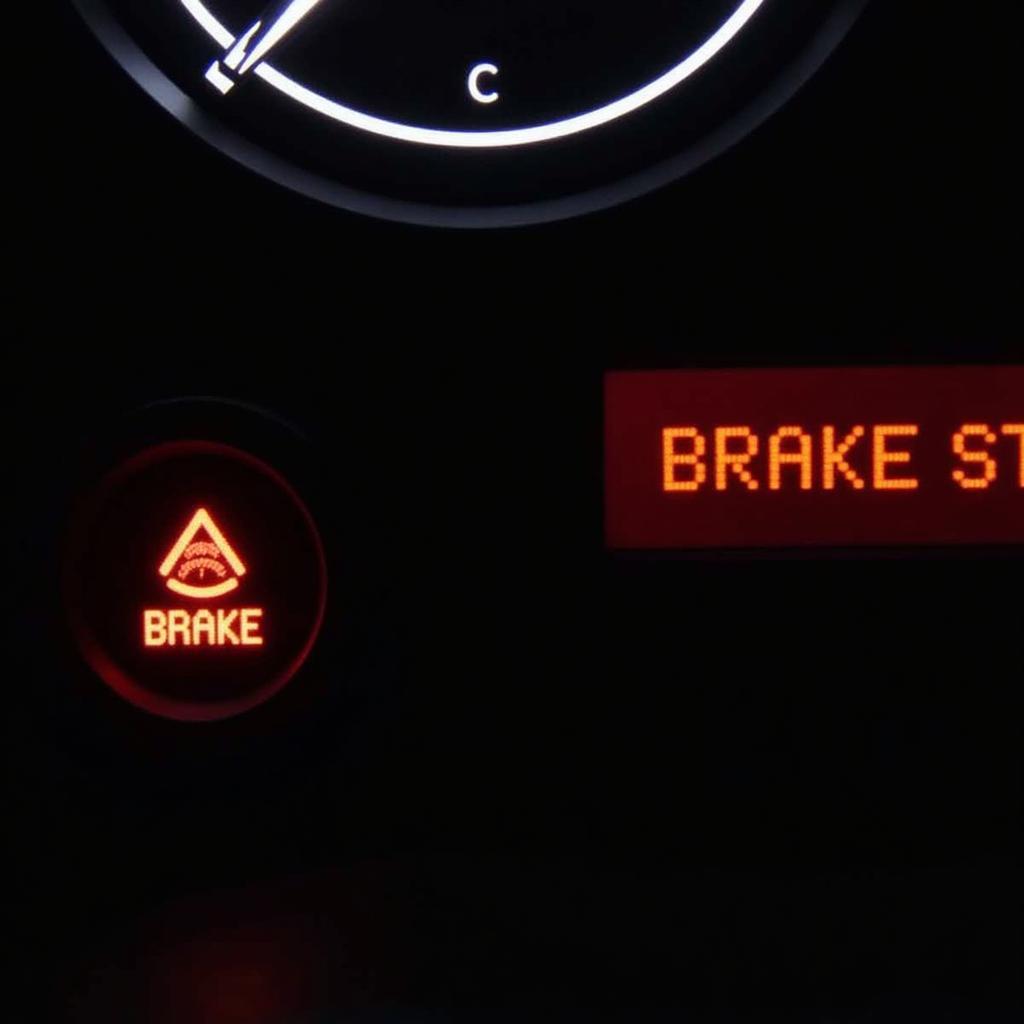An auto parasitic draw test is crucial for identifying hidden electrical issues draining your car battery. This guide provides a step-by-step approach to performing this test, helping you pinpoint the culprit and get your car back on the road. After reading this, you’ll be able to diagnose and resolve parasitic draw issues like a pro. battery tested good but keeps dying
Why Perform an Auto Parasitic Draw Test?
A parasitic draw, also known as a parasitic drain, occurs when an electrical component in your vehicle continues to draw power even when the ignition is off. This constant drain can lead to a dead battery, leaving you stranded. The auto parasitic draw test helps identify the source of this drain.
Understanding the Basics of an Auto Parasitic Draw Test
Before diving into the test, it’s essential to understand the basics of how electricity works in your car. When the ignition is off, certain components, like the clock and alarm system, still require a small amount of power. This is normal. However, a significant draw indicates a problem.
What Tools Do I Need?
- Digital Multimeter: This is your primary tool for measuring current.
- Test Light (optional): While not mandatory, a test light can be a handy visual aid.
- Wiring Diagram: A wiring diagram specific to your car model is essential for identifying circuits.
- Patience and attention to detail: These are just as important as the right tools!
How to Perform an Auto Parasitic Draw Test: A Step-by-Step Guide
- Preparation: Park your car in a safe location, turn off the ignition, and remove the key. Let the car sit for at least 30 minutes to allow modules to go to sleep. This ensures an accurate reading.
- Disconnect the Negative Battery Cable: Locate the negative terminal of your car battery and carefully disconnect the cable.
- Connect the Multimeter: Set your multimeter to measure DC amps. Connect the red lead of the multimeter to the negative battery terminal and the black lead to the disconnected negative battery cable.
- Observe the Reading: The multimeter will display the current draw. A reading of 50 milliamps (0.05 amps) or less is generally acceptable. A higher reading indicates a parasitic draw.
- Isolate the Circuits: If you detect a significant draw, start isolating circuits by removing fuses one at a time. Check the multimeter reading after removing each fuse. When the reading drops significantly, you’ve identified the circuit with the problem. intermittent parasitic draw
- Pinpoint the Culprit: Use your wiring diagram to identify the components within the problematic circuit. You may need to consult parasitic draw test light resources for additional guidance. This could involve inspecting individual components, such as relays, switches, or even interior lights, for faults.
Common Causes of Parasitic Draw
- Faulty alternator diode: A bad diode in the alternator can allow current to flow even when the car is off.
- Stuck relay: Relays are electromagnetic switches that control various electrical circuits. A stuck relay can keep a circuit energized.
- Interior lights: Sometimes a faulty switch or a door ajar sensor can prevent interior lights from turning off completely.
- Faulty aftermarket accessories: Improperly installed accessories, such as stereos or alarms, can be a common source of parasitic drain. checking for a parasitic draw
“A thorough auto parasitic draw test can save you the headache and expense of a dead battery,” says John Davis, a veteran automotive electrical diagnostician. “It’s a fundamental skill every car owner should learn.”
How long does a parasitic draw test take?
The actual test itself is relatively quick, often taking less than an hour. However, identifying the specific source of the draw can sometimes be a more involved process, potentially taking longer.
Conclusion
The auto parasitic draw test is a valuable tool for diagnosing and resolving battery drain issues. By following this guide, you can identify the source of the parasitic draw and prevent future battery problems. Understanding how to perform this test can empower you to maintain your vehicle’s electrical system and avoid those frustrating moments when you’re left with parasitic drain in car. Remember, a healthy battery is essential for a reliable car.


